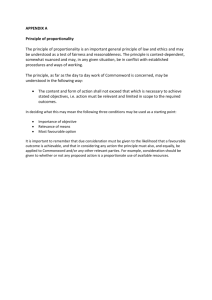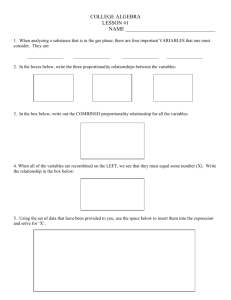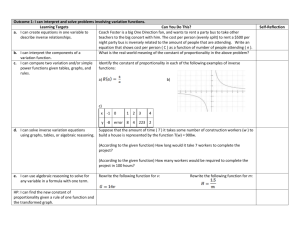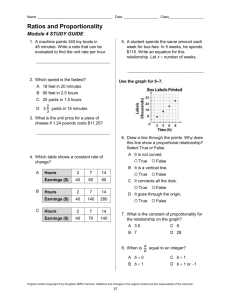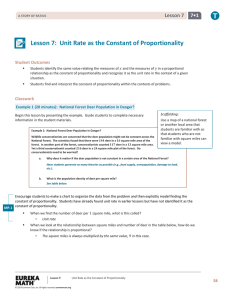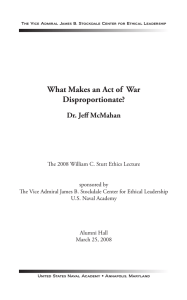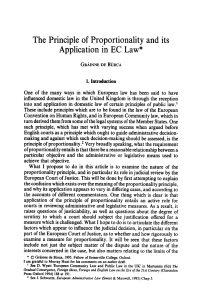ABSTRACT RESEARCH PAPER: STUDENT: DEGREE:
advertisement
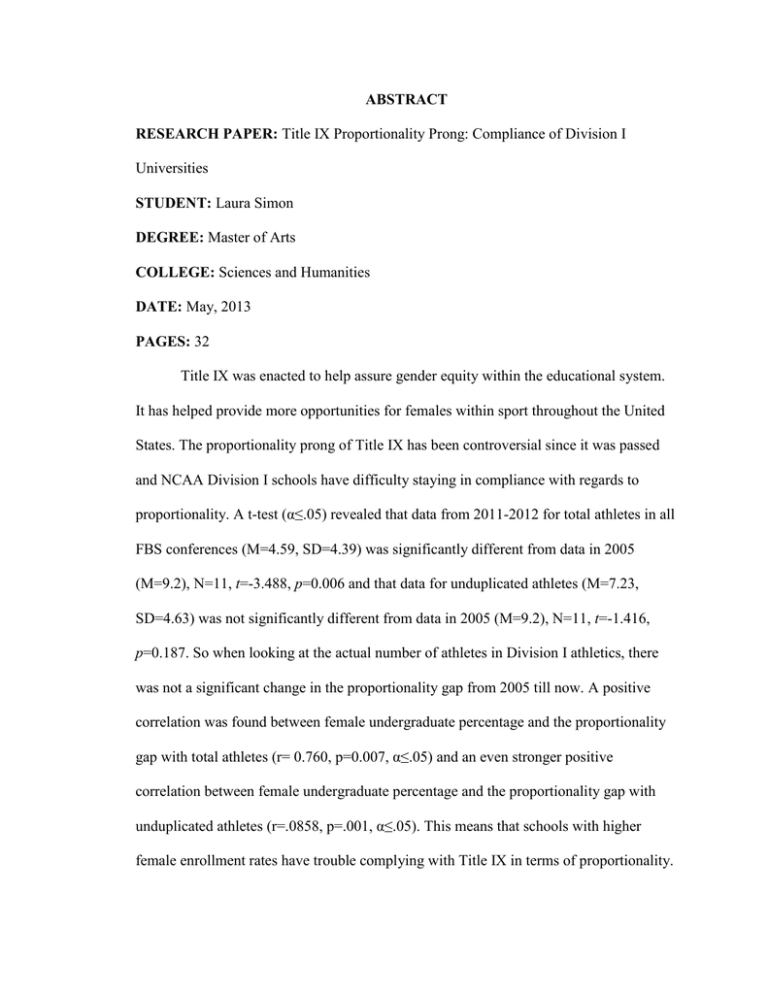
ABSTRACT RESEARCH PAPER: Title IX Proportionality Prong: Compliance of Division I Universities STUDENT: Laura Simon DEGREE: Master of Arts COLLEGE: Sciences and Humanities DATE: May, 2013 PAGES: 32 Title IX was enacted to help assure gender equity within the educational system. It has helped provide more opportunities for females within sport throughout the United States. The proportionality prong of Title IX has been controversial since it was passed and NCAA Division I schools have difficulty staying in compliance with regards to proportionality. A t-test (α≤.05) revealed that data from 2011-2012 for total athletes in all FBS conferences (M=4.59, SD=4.39) was significantly different from data in 2005 (M=9.2), N=11, t=-3.488, p=0.006 and that data for unduplicated athletes (M=7.23, SD=4.63) was not significantly different from data in 2005 (M=9.2), N=11, t=-1.416, p=0.187. So when looking at the actual number of athletes in Division I athletics, there was not a significant change in the proportionality gap from 2005 till now. A positive correlation was found between female undergraduate percentage and the proportionality gap with total athletes (r= 0.760, p=0.007, α≤.05) and an even stronger positive correlation between female undergraduate percentage and the proportionality gap with unduplicated athletes (r=.0858, p=.001, α≤.05). This means that schools with higher female enrollment rates have trouble complying with Title IX in terms of proportionality. Changes are being made to improve gender equity within Division I, but more can be done to help improve gender equity in collegiate sports which could translate into benefits for society.
